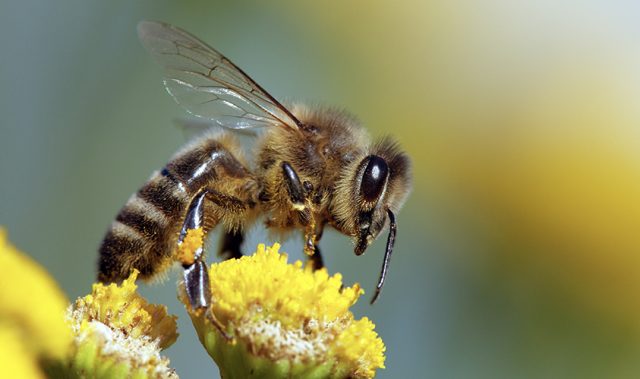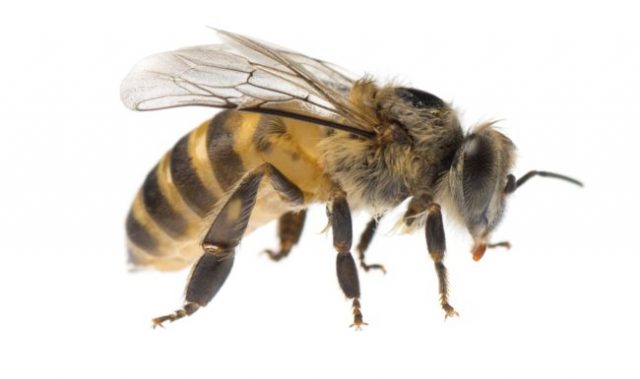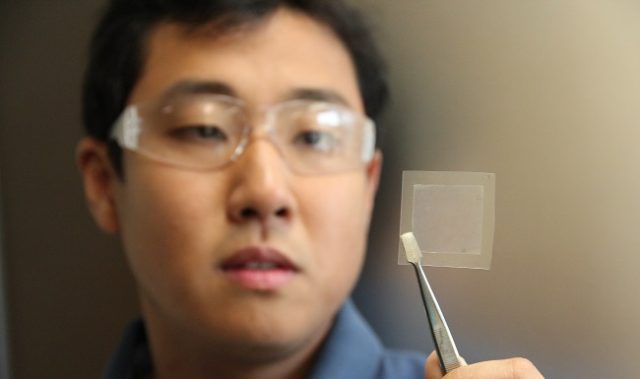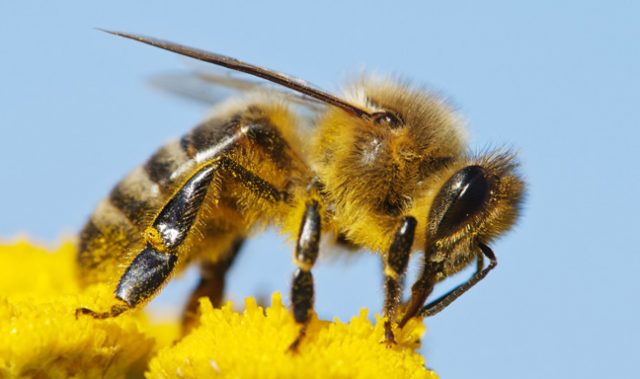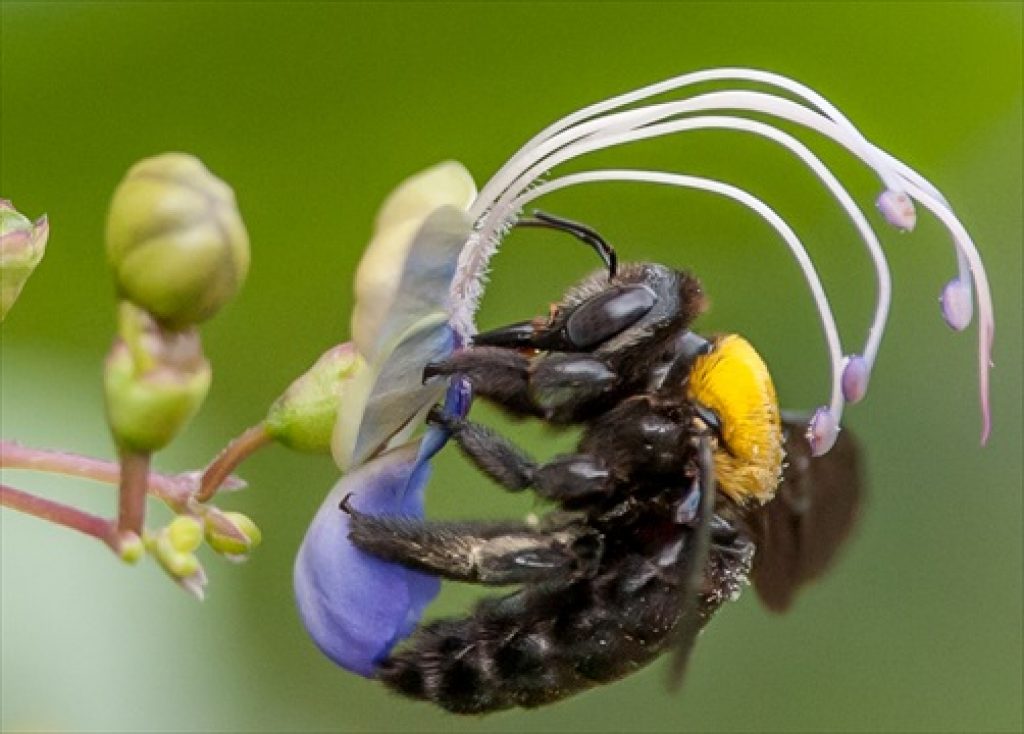
Asian Scientist (Jan. 20, 2014) – Up to 5,000 honey bees in Australia, will be fitted with tiny sensors in an effort to monitor the insects and their environment.
“Honey bees play a vital role in the landscape through a free pollination service for agriculture, which various crops rely on to increase yields,” said CSIRO science leader Dr Paulo de Souza, who leads the project.
“Around one third of the food we eat relies on pollination, but honey bee populations around the world are crashing because of the dreaded Varroa mite and Colony Collapse Disorder.”
Varroa mites are parasites that attack bees, sometimes causing the destruction of bee hives or colonies while colony collapse disorder is a phenomenon in which worker bees from a bee hive or colony abruptly disappear.
Although Australia is currently free from both of these threats to its bee population, it is hoped that the study may shed some light on the causes of bee colony collapse by understanding the bee’s relationship with its environment.
The research will look at the impact of agricultural pesticides on honey bees by monitoring insects that feed at sites with trace amounts of commonly used chemicals.
The sensors, measuring just 2.5mm x 2.5mm, are being fitted to the backs of the bees in Hobart, Tasmania, before they are released into the wild.
To attach the sensors, the bees are refrigerated for a short period, which puts them into a rest state long enough for the tiny sensors to be secured to their backs with an adhesive. After a few minutes, the bees awaken and are ready to return to their hive and start gathering valuable information.
The tiny Radio Frequency Identification (RFID) sensors record when the insect passes a particular checkpoint, sending the information to a central location where researchers can use the signals from the 5 000 sensors to build a comprehensive three dimensional model and visualize how these insects move through the landscape.
“Bees are social insects that return to the same point and operate on a very predictable schedule. Any change in their behaviour indicates a change in their environment. If we can model their movements, we’ll be able to recognize very quickly when their activity shows variation and identify the cause. This will help us understand how to maximize their productivity as well as monitor for any biosecurity risks,” said Dr de Souza.
Understanding bee behavior will give farmers and fruit growers improved management knowledge enabling them to increase the benefit received from this free pollination service. It will also help them to gain and maintain access to markets through improving the way we monitor for pests.
The researchers now plan to reduce the size of the sensors to only 1mm so they can be attached to smaller insects such as mosquitoes and fruit flies.
——
Source: CSIRO. Photo: Tang Yew Chung.
Disclaimer: This article does not necessarily reflect the views of AsianScientist or its staff.




